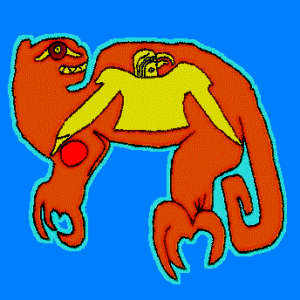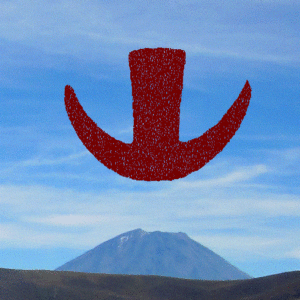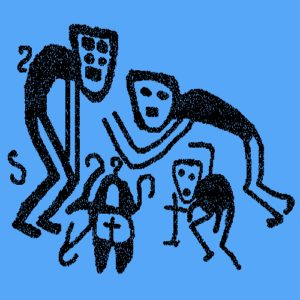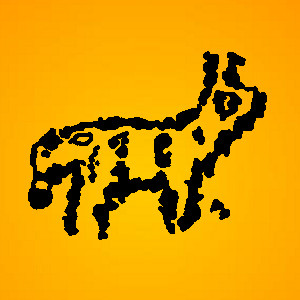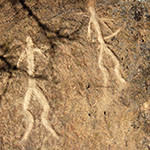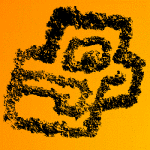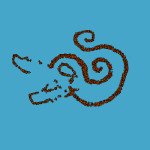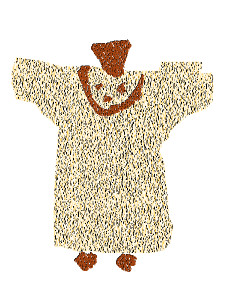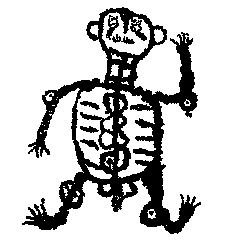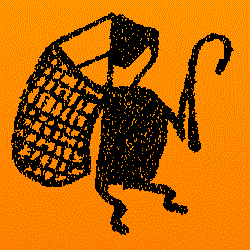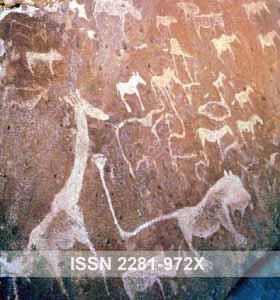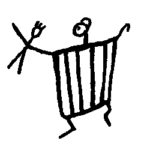 El autor – Rainer Hostnig, con residencia en Cusco, Perú – realiza una síntesis comparativa de representaciones del sitio rupestre recientemente registrado de Ñawpakachi (y los demás yacimientos rupestres en el Valle Sagrado, Perú) con figuras grandes de personajes de la élite inca o sus abstracciones en forma de escudos o unkus.
El autor – Rainer Hostnig, con residencia en Cusco, Perú – realiza una síntesis comparativa de representaciones del sitio rupestre recientemente registrado de Ñawpakachi (y los demás yacimientos rupestres en el Valle Sagrado, Perú) con figuras grandes de personajes de la élite inca o sus abstracciones en forma de escudos o unkus.
The author – Rainer Hostnig, who resides in Cusco, Peru – performs a comparative synthesis of representations of the recently recorded rock art site of Ñawpakachi (and other sites in the Sacred Valley, Peru) featuring large figures of Inca dignitaries or their abstractions in the form of shields or ‘unkus’.

